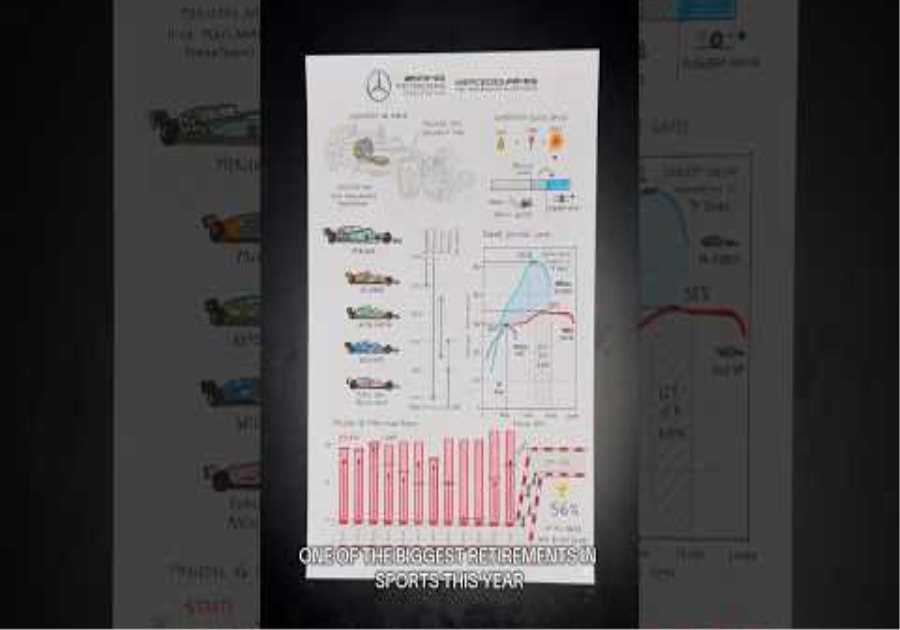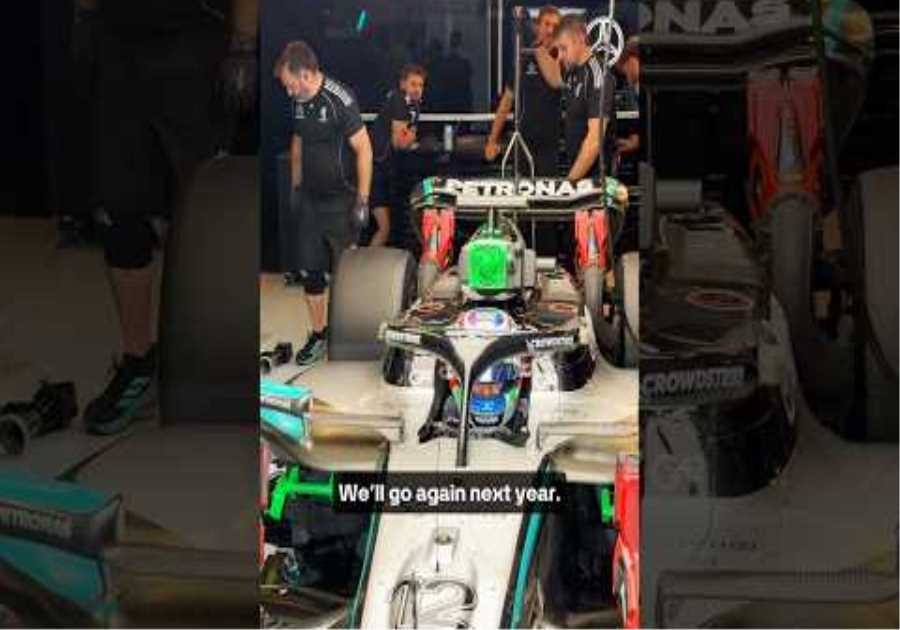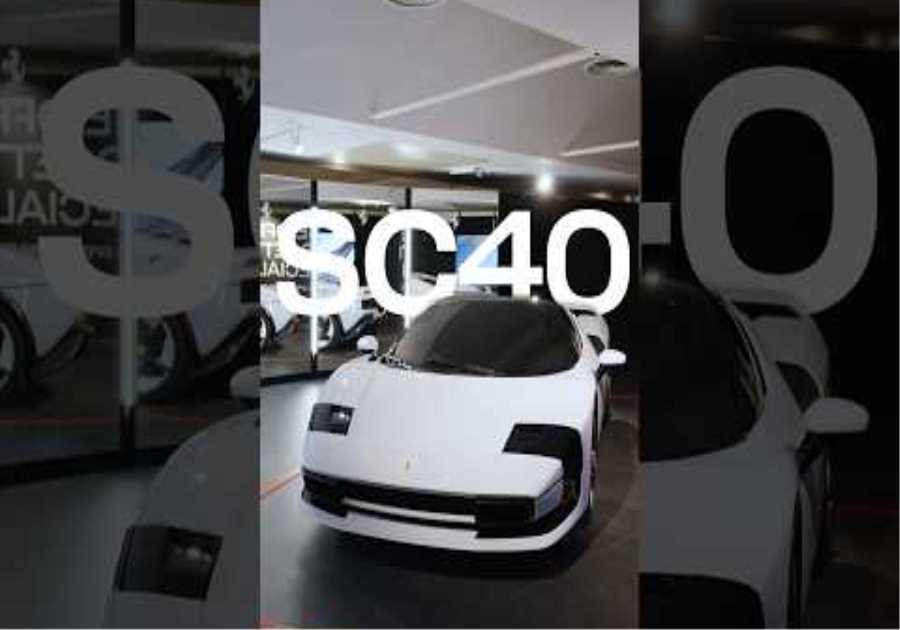
Whilst the RB18 in the hands of Max Verstappen became all conquering during the 2022 Formula One season, Red Bull believe there is much to improve on its design for 2023. Despite Verstappen winning 15 of the 22 races and Perez claiming two further victories, the RB18 was second best to the Ferrari in qualifying. The problem for Red Bull is qualifying at certain tracks is vital and their relative poor performance during these sessions will hurt their drivers.
Lewis Hamilton has 103 pole positions and 103 race wins and the retiring Sebastian Vettel’s statistics were even better. The German scored 57 pole positions during his illustrious career together with his 53 race wins.
Verstappen poor qualifying record
Following his record breaking 2022 season, Verstappen has now clocked up 35 race wins but just 20 pole positions. The recent Red Bull car designs are a far cry from this they delivered for Vettel during his dominant reign between 2010-2013. It became all too predictable for the German to claim pole on Saturday and head off into the sunset ahead of the rest during the grand prix.
F1 cars must be of minimum weight and this is measured with dry weather tires and no fuel. The minimum weight was initially raised by 43kg between 2021 and 2022 to allow for the increase in wheel size together with requirements from the change in the design regulations and now stands at a whopping 798kg.
Add 100kg of fuel and a driver and the modern F1 car at its heaviest is approaching a metric ton in weight.
F1 cars too heavy to use ballast
Yet despite the FIA increasing in the minimum weight for 2022, a number of teams failed to get anywhere near that target. Ideally a team would design its F1 car to weigh less than the minimum set by the FIA and then use ballast to make up the difference.
Ballast can be placed at various locations around the chassis and from track to track shifting the ballast position can help dial the car in better to a circuit’s specific characteristics.
Max Verstappen caused a minor furore when he revealed at the 2022 Belgium GP that Red Bull were developing a new lighter chassis. Personnel from Mercedes questioned how Red Bull could afford to do this given the restraints of the budget cap.
Red Bull lightweight chassis never appeared
The new Red Bull chassis never appeared during the 2022 season, such as the cushion Verstappen had in his RB18 over the rest of the field.
Red Bull were amongst a number of teams whose car at the beginning of the 2022 season was significantly overweight. While the team managed to reduce this during the year, Technical Director Pierre Wache told RacingNews265 that the car remained an astonishing 12kg over the minimum weight.
The FIA has reduced the minimum weight for 2023 by 2kg.
Huge potential gains for 2023 from Red Bull
This would suggest if Red Bull can target building a car for 2023 that is 20kg lighter, they can then improve the handling by using 6kg of ballast to make the weight up.
Given qualifying is run when F1 cars are a their lightest, this is clearly a contributory factor towards Verstappen’s poor qualifying performance.
The heaviest car on the 2022 grid was the Aston Martin. “The car has potential, but we have problems with aerodynamics and weight,” admitted team boss Mike Krack.
Despite the minimum weight being raised just before Melbourne by 3kg, the Silverstone based team delivered them 2022 challenger some 17kg above the minimum weight.
READ MORE: Szafneuser reveals how Stroll forced him out of Aston
A new week on campus 
Hope you all had a great weekend 
pic.twitter.com/FPUMAuVBbh
— Oracle Red Bull Racing (@redbullracing) January 9, 2023






